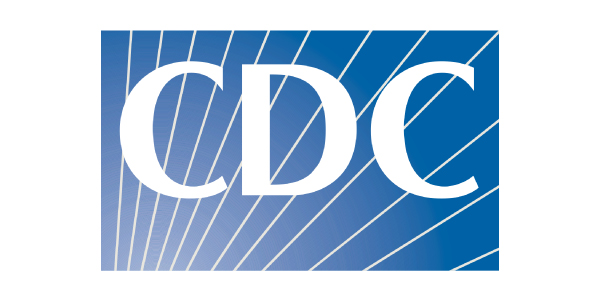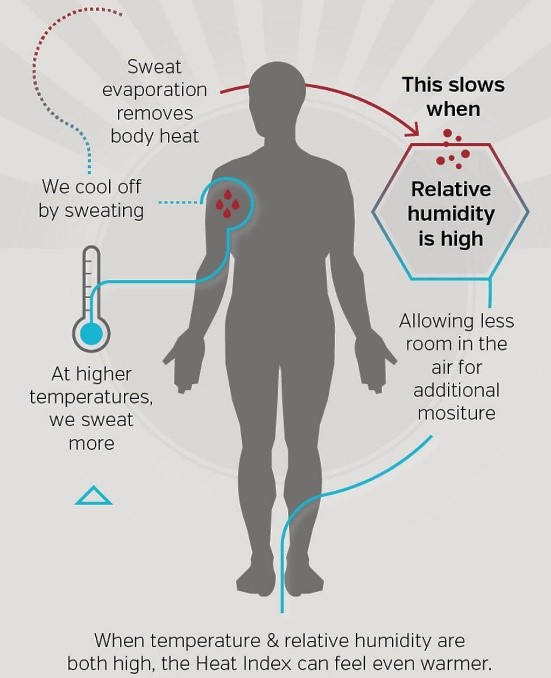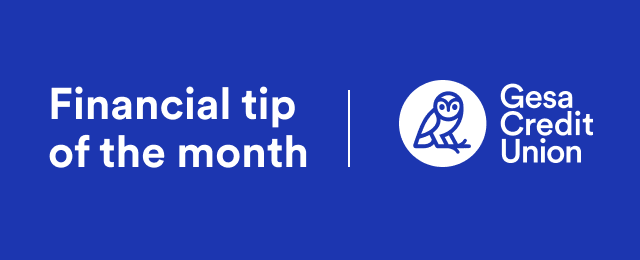What is RPI?
RPI, Rating Percentage Index, is a statistical system used to comparatively rank teams.
What is the purpose of the RPI?
The RPI will be one tool utilized by the seeding committees to determine first round bracket pairings into the State Tournaments.
What is the RPI formula?
The formula used is as follows: RPI = (40% x WP) + (40% x OWP) + (20% x OOWP)
WP (Winning Percentage): Divide the number of wins by the number of total games played for your team.
OWP (Opponents’ Winning Percentage): Average of the winning percentage of a team’s opponents (Note: this is not calculated via the combined record of the opponents, but rather by averaging the winning percentage of the opponents).
OOWP (Opponents’ Opponents’ Winning Percentage): Same process as OWP except the calculation is with the opponents of the team’s opponent. Note: Out-of-state games are excluded.
Why use the RPI vs what has been used previously?
The RPI system will be an accurate reflection of all regular and postseason games. Teams will be seeded into the state brackets based on their final ranking as determined by the seeding committees versus previous criteria that was based on how teams finished in the District qualifying tournaments.
Will the RPI be the main factor in determining rankings?
The RPI will be only one of the factors used to rank teams. In addition to the RPI, each seeding committee may consider any or all of the following when ranking the teams:
Win-loss records (including contests that end in a tie)
Contests played against teams in a different classification
Contests played against out-of-state teams
Invitational tournaments
Injury or illness to key players during the season
League standings
Finish in district qualifying event
Head to head results
Ranking in other mediums
Feedback from knowledgeable sources
Why use the RPI vs what has been used previously?
The RPI system will be an accurate reflection of all regular and postseason games. Teams will be seeded into the state brackets based on their final ranking as determined by the seeding committees versus previous criteria that was based on how teams finished in the District qualifying tournaments.
Should scores from the jamboree be reported?
No, only scores from full games should be reported.
What if a game/match goes into overtime?
Overtime periods are considered to be an extension of the final period.
If a soccer match ends in a tie, how will it be calculated in the RPI?
All matches that end in a tie will default to a .5 win.
How do we report scores from a volleyball invitational tournament?
Since there is no consistent structure/format for volleyball invitational tournaments, they will not be included in the RPI.
Will postseason games be taken into consideration?
Yes, all games played through the District qualifying tournaments will be included.
What is important to make RPI successful?
Score reporting is essential for an accurate RPI. Schedules and scores will be managed through Arbiter. The WIAA will publish the RPI in the WIAA Live mobile app and on the WIAA website.
Where should scores be reported?
Officials will report the scores into Arbiter following the contest. Since the RPI will be based on the scores reported, it is recommended that schools verify scores.
What is the impact of cross-classification games?
The formula does not take into account classifications. A team will not be penalized for playing a team in a lower classification nor rewarded for playing against a team in a higher classification (see how the formula is calculated above).
Does the score differential matter in the RPI?
The RPI is based on a win loss formula. Score differential will have no bearing on the RPI.
What if teams have a different number of contests?
The RPI formula works off the averages of three components: winning percentage, opponents’ winning percentage and opponents’ opponents’ winning percentage, so an imbalance of one or two contests between teams will have virtually no impact on the ranking system.
What if a full contest is not possible due to inclement weather?
The specific sport NFHS rule books define a contest, which is what will be used to determine if a contest is considered to be complete.
What is the difference between a cancelled game and a forfeited game?
A cancelled game will not be included in the RPI. In a forfeited game, one team is declared a winner and the other team is declared a loser, so it will be included in both team’s RPI.
Are the WIAA Foundation games included in the RPI?
Yes.
Is a team’s RPI based on the opponent’s record at the time the game is played or is the RPI based on the final regular season record of their opponents?
The final RPI calculations used for seeding purposes will be based on the final records of all teams.


















